This page and educational program is under construction. But here’s the outline:
You are studying art history and straining to figure out what you are going to do when you graduate. Further down this page, I’m going to give you a list of some of the most common jobs people get when they complete your degree… and I’m qualified to talk to you about this: I’ve been counseling art history graduate students as part of our art conservation internship program for over 30 years. But first, let’s talk about competition and resumes.
Its a competitive world out there whether you are applying for work or for an advanced degree. What can you do to make your resume stand out when its under review? Your experience in waiting tables won’t help. Don’t list it!
Here’s a really good tip! Focus your resume on studies, work experiences, travel and related skills and extra qualifications that apply to your field of study!
This is PRECISELY why art history students apply to Fine Art Conservation Laboratories for internships: to enhance their resume with a significant work experience, gain exposure to the professional field of art conservation and to get a great letter of recommendation. This separates them from the rest of the art history graduates.
I propose to you that there are a couple of extra things you can do, no matter where you live or study, to enhance your resume that will set you apart from other students: these fun, fast and easy to accomplish art history related courses will help you:
* gain practical knowledge that few other people have
* actually learn to think about AND USE useful techniques for working with collections
* apply your art history interests to make money
* be more versatile and useful for your future employeer
* discuss more intelligently art related subjects – raise eyebrows
Here are the art history related courses that we offer to give you an edge:
1. Art Inspection and evaluation with a UV Black light: Learn to discover hidden restorations, fraudulent modifications and inept repairs. Inspecting, evaluating and gaining unseen knowledge with a UV black light is required due diligence for auction houses, appraisers, art galleries, fine art insurance adjusters, antiquing enthusiasts, art collectors, museum and exhibition curators and preparators, art conservators, art handlers and shippers. Fraudulent cover up? Pre-existing condition before damage? How does all this affect the originality, value and appraisal of the artwork?
Here is what you will get with your enrollment:
* A portable, high powered UV Black light
* An instructional video with loads of extra bonus material
* monthly videos discussing, from our conservation lab, new examinations with the black light
* at least one webinar to discuss, live, questions and discuss the issues
* after completion, on our conservation lab letterhead, you will receive a letter recommendation for completion of the course outlining what you have learned
You will then be able to, in good faith, put on your resume that you have completed a technical examination course for artwork with a UV black light under the care of a professional art conservation lab.
2. Collection Care Methods. This is a hands on training course that focuses on anchoring down (securing) collectibles for their care and protection. Collectibles are always at risk from poor handling, vandalism and theft, and accidents. But we also talk about the importance of this training as disaster preparedness for Earthquake, Hurricane and Tornado Proofing Collectibles and Collections. But this information is paramount if you are going to live and work in areas of the world subject to natural disasters.
The same professions and employers as listed above for the UV black light will be interested in your experience with safely handling and protecting collections. Much of the trust in you by your superiors in the future will depend on how careful and aware you are of the potential for damage… before it happens!
Here is what you will receive with your enrollment:
* CD instructional videos and loads of extra bonus material
* a 13 oz (large) container of Museum Wax anchoring material
* A monthly video discussing (showing) interesting situations and stories that you can put into practise
* at least one webinar to discuss, live, questions and discuss the issues
* after completion, on our conservation lab letterhead, you will receive a letter recommendation for completion of the course outlining what you have learned
You will then be able to, in good faith, put on your resume that you have completed a collections care course focused on disaster preparedness and proper handling techniques under the care of a professional art conservation lab.
If you are interested in these educational materials and instruction you may call me with questions: Scott M. Haskins 805 564 3438
Art History Educational Materials and Continuing Education
Essential Practical Skills with Certificate for Resumes
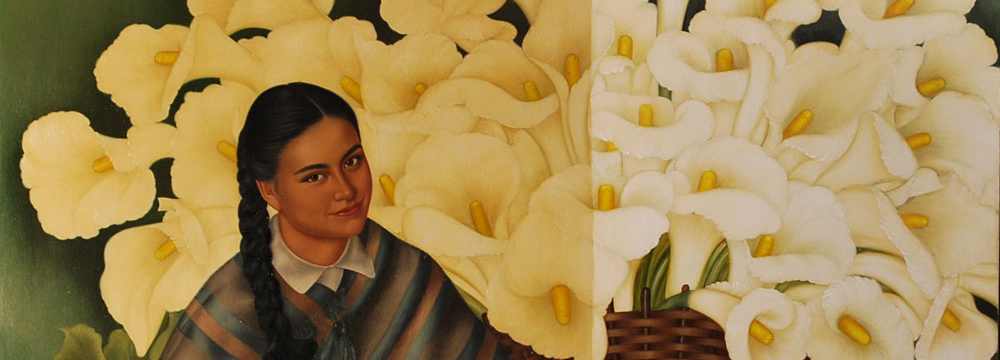
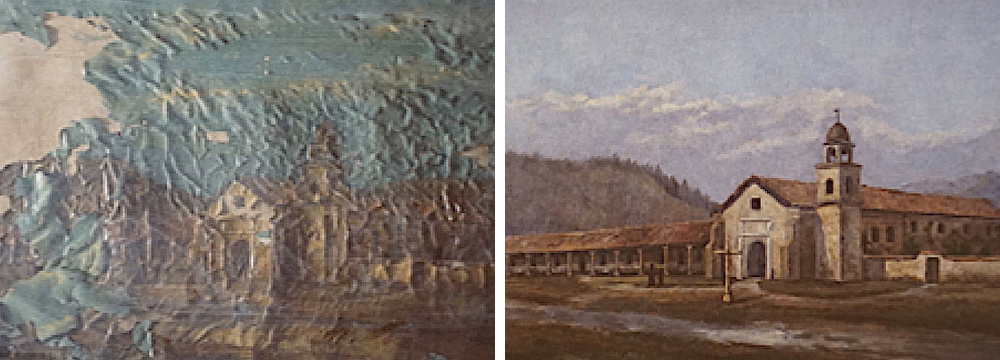
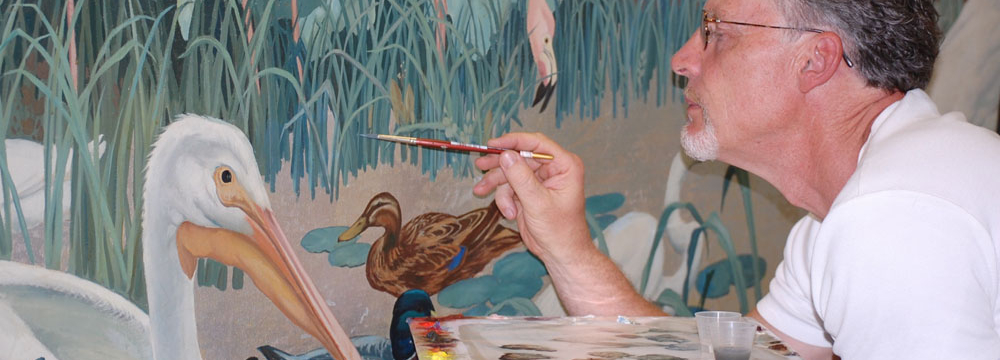
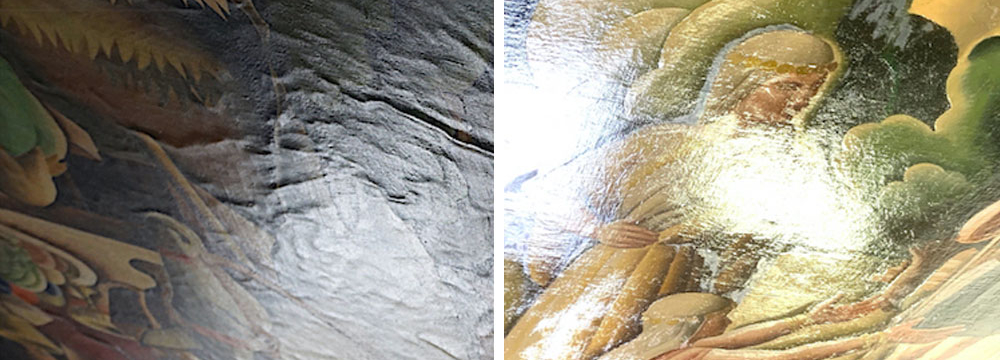
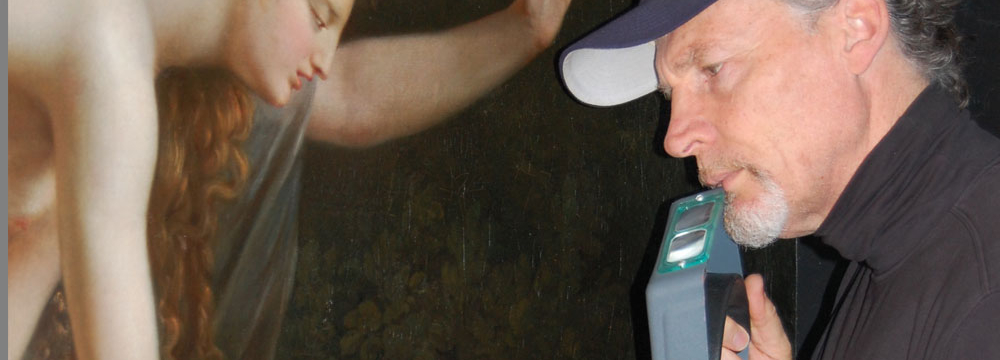
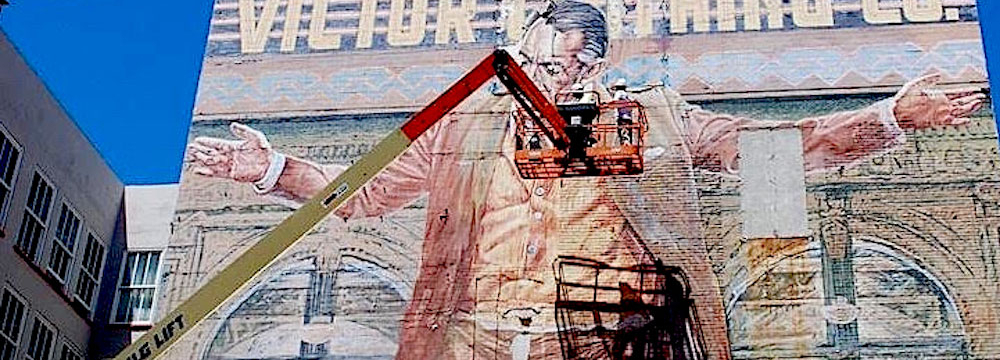
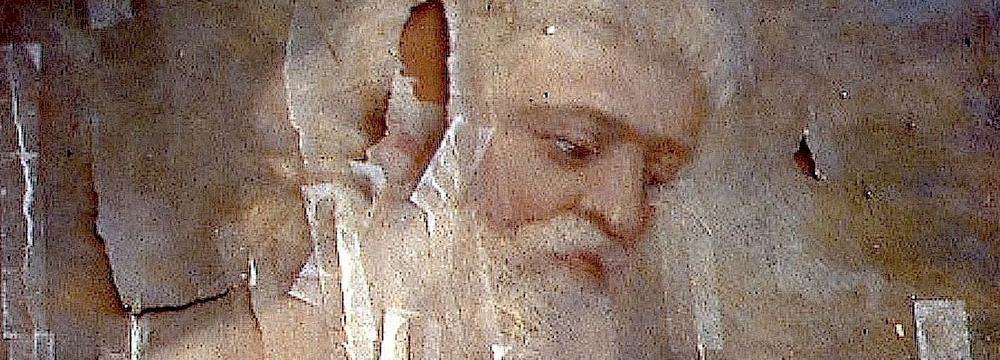
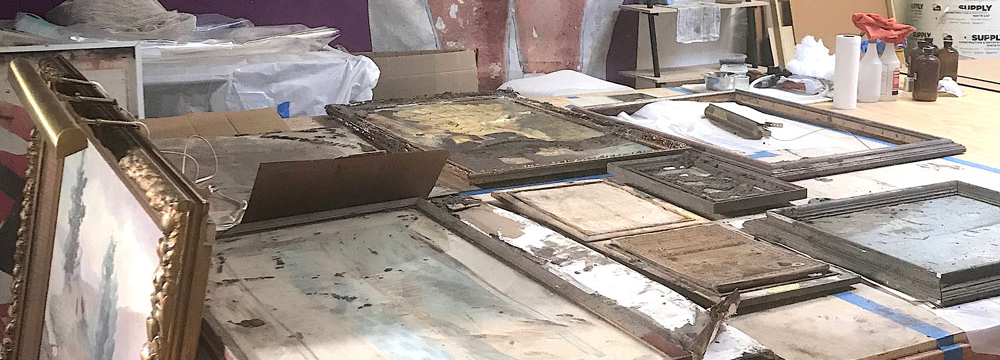
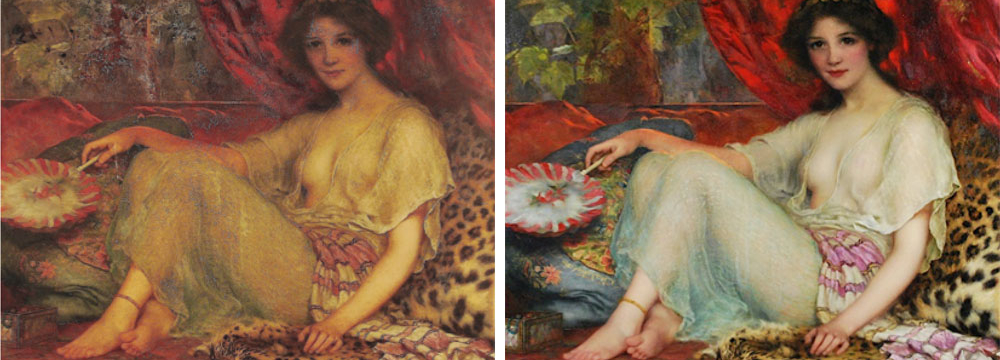
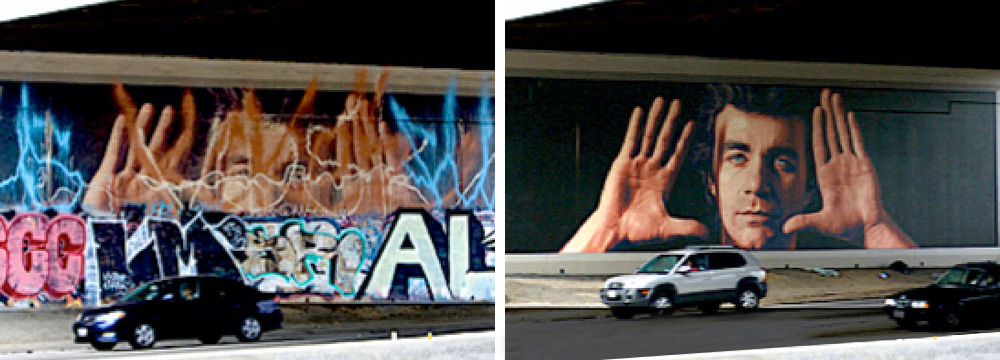
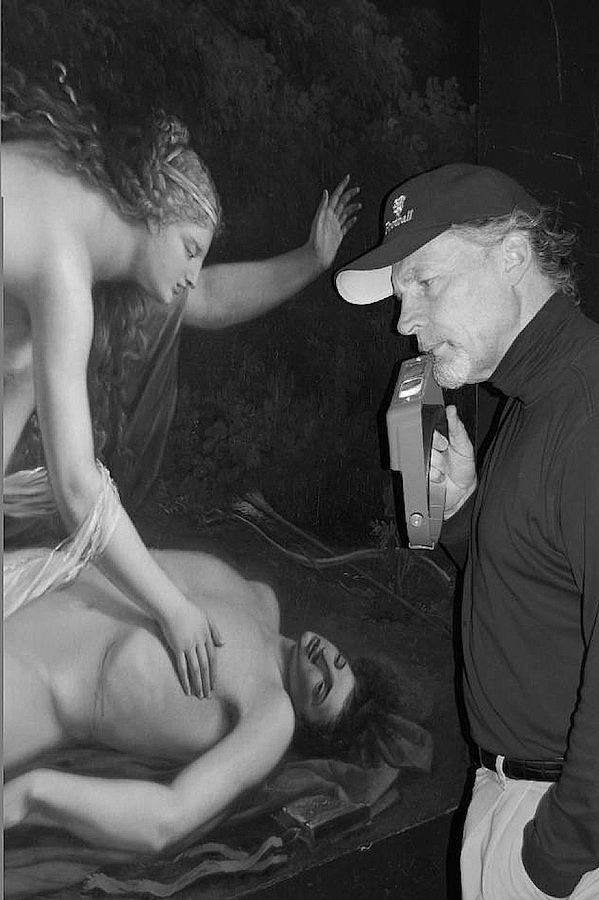
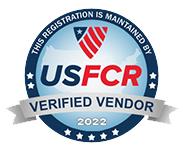
Very good blog! I got some things out of this that seem important but were never mentioned in my art history courses. Wish I lived close enough for an internship. Thanks for the info about UV black lights. That seems like a no brainer and a “must learn that” for my future hopes for work.
The materials and instruction sound very interesting. I am an art/design BFA graduate with an interest in art conservation techniques but I have a full time day job. I am an art dealer part time (weekends) but want to transition into the field full time some time over the next 5 years. Many beautiful paintings I come across have been distressed and I would like to restore them. At the present time I cannot go to school full time. Can you suggest coursework for someone like me?
Christine
Hi Christine, there is no course work for art conservation. It is a master degree program or an apprenticeship which would last around 8-10 years. Your plans for your future are exciting but have many pitfalls and dangers when it comes to handling, investing and restoring valuable works of art. About 80% of the items that come into our lab have been worked on and usually damaged by someone else’s restoration efforts. The result or consequences of botched and low quality restoration work is loss of value of the artwork, damage to historical and artistic treasures and a lousy reputation for the offender. As an art dealer, its a quick way to ruin inventory and not get an ROI.